Marsh Sand Cordgrass (Spartina Bakeri) – 1 Gallon Pot
$31.97 Original price was: $31.97.$22.38Current price is: $22.38.
SKU: D2LSC 1715904465 Category: NATIVE PLANTS
- Elevate Your Shopping Experience
- Get Quality, Get More
- 7-Day Returns, 100% Quality
- Protect Your Wallet with Safe Payments

Sand Cordgrass
Spartina bakeri
Other Common Names: Marsh Sand Grass, Bunch Cordgrass, Marsh Grass
Plant Details
USDA Plant Hardiness Zones: 8a-11 Find Your Zone
Plant Type: Ornamental Grass
Height at Maturity: 3 to 4′
Width at Maturity: 4 to 5′
Spacing: 4.5′ for mass plantings, 7′ or more for space between plants
Spacing: 4.5′ for mass plantings, 7′ or more for space between plants
Growth Habit / Form: Clumping, Grassy, Upright, Vertical, Narrow
Growth Rate: Moderate to Fast
Flower Color: Tan
Flower Size: Small
Flowering Period: Late Summer thru Early Fall
Flower Type: Feathery Clusters
Fragrant Flowers: No
Foliage Color: Green in Summer and Brown in Winter
Fragrant Foliage: No
Berries: NA
Berry Color: NA
Sun Needs: Full to Mostly Sun, minimum of 6 hours sun per day
Water Needs: Average to Low
Soil Type: Clay, Loam, Sandy, Silty
Soil Moisture / Drainage: Moist to Wet or even Dry!
Soil pH: 6.0 – 8.0
Maintenance / Care: Very Low
Attracts: Visual Attention
Resistances: Deer, Disease, Heat, Humidity, Insect, Rabbits, Wet Soil, Dry Soil, Drought Tolerant
Special Attributes
A beautiful and highly adaptive plant that will grow in wet or dry soil and is highly salt tolerant, Sand Cordgrass is a fast-growing North American native ornamental grass that grows in an upright urn shape up to around 5 feet tall. Its very thin, wire-like leaves provide fine texture in the landscape. Although it is native to the edges of lakes, canals and streams, it is also found in dry, sandy soil, making it quite a versatile grass for different situations, even on the beach. Sand Cordgrass is a favorite of golf course landscape designers who use it heavily in the transition areas from wet to dry. Excellent along the shoreline of ponds and streams and is exquisite when backlit by the sun or night lighting.
Landscape & Garden Uses
A very versatile grass, Marsh Sand Cordgrass is great for containers or as an accent, in groupings or natural hedge or border in the landscape. Striking when planted in a mass. It also is perfect for use on the shorelines of the beach, ponds and lakes and for planting in and around water retention and detention areas because of its tolerance for wet soil. A fine addition to ornamental grass gardens, bog gardens, seaside gardens and the Xeriscape (low water needs.).
Spacing: 4 to 5 feet apart for mass plantings; 8 feet or more for space between plants
How To Measure for Total Square Feet
How Many Plants to Fill a Planting Area
Growing Preferences
A North American native grass, Sand Cordgrass is very easy to grow in a wide range of soil from clay to sandy, and salty and wet or dry soils. It performs its best in full sun but will tolerate some light shade…but not too much or plants might become floppy. We suggest 7 hours of sunlight per day. Maintenance is minimal. If foliage browns during winter you can cut it back to the ground in late winter before new growth begins to emerge.
Helpful Articles
Plant as you would Switch Grass
Click on the Planting & Care Advice tab on this page to find helpful advice from our experts on how to plant, fertilize, prune and water Sand Cordgrass
Plant Long & Prosper!
Meet The Wilson Brothers & Staff
Questions? Contact Us!
Be the first to review “Marsh Sand Cordgrass (Spartina Bakeri) – 1 Gallon Pot” Cancel reply
Related products
Sale!
NATIVE PLANTS
Sale!
NATIVE PLANTS
Sale!
Sale!
Sale!
Sale!
Sale!
NATIVE PLANTS
Sale!
NATIVE PLANTS



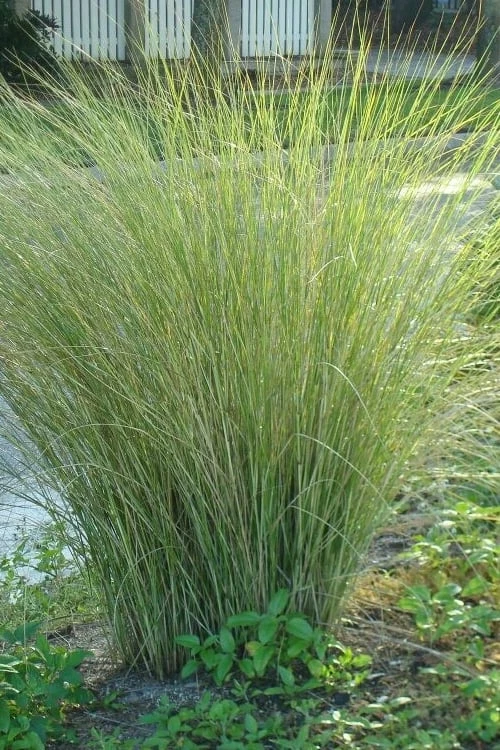
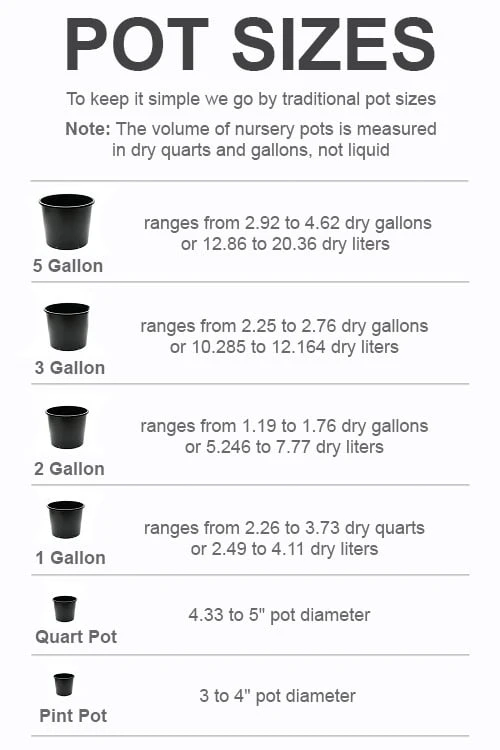

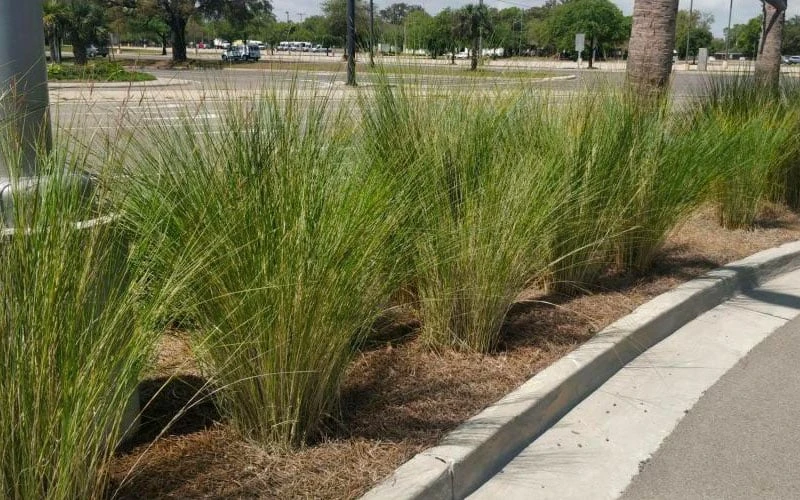
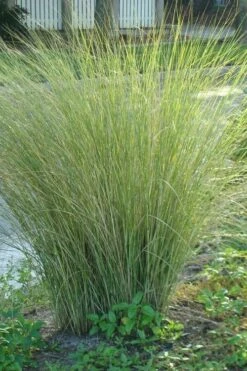
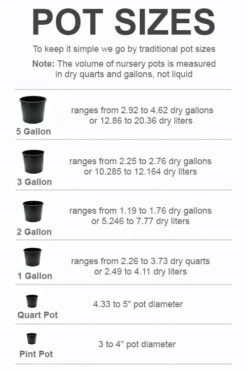
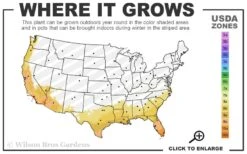

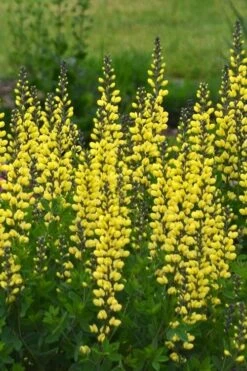

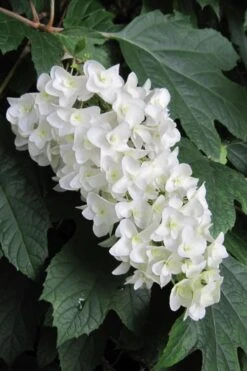
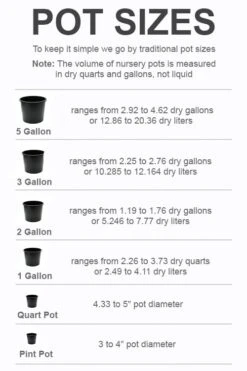

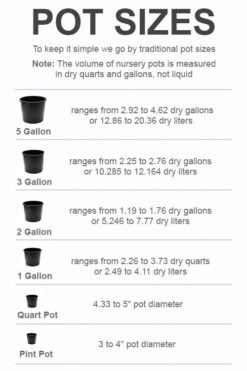
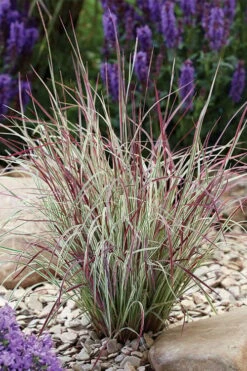
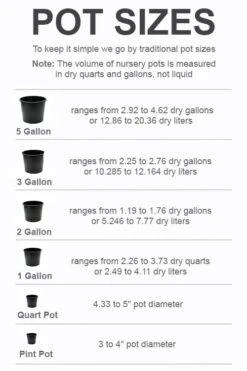
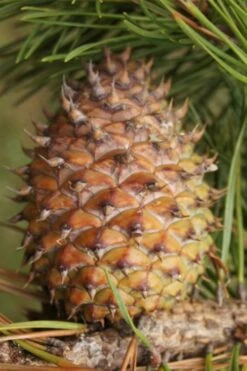

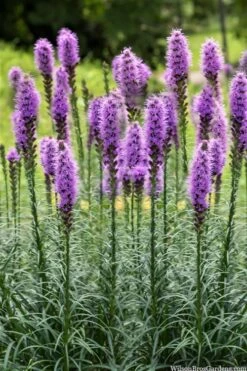
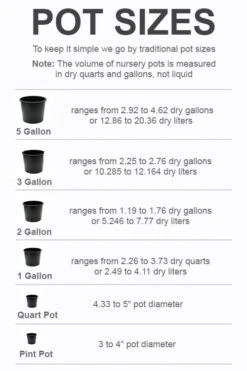


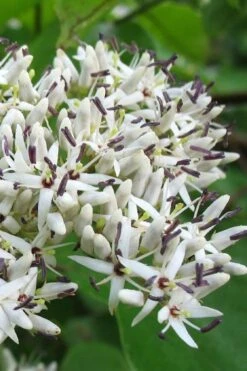
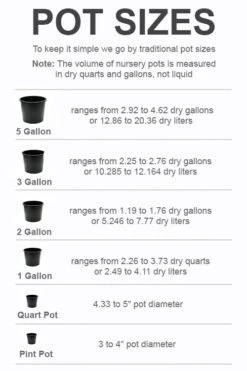
Reviews
There are no reviews yet.